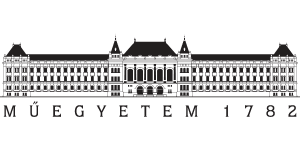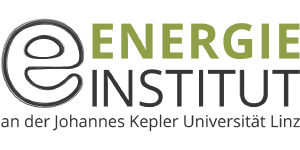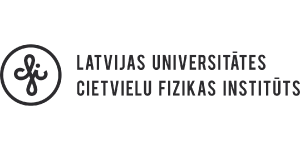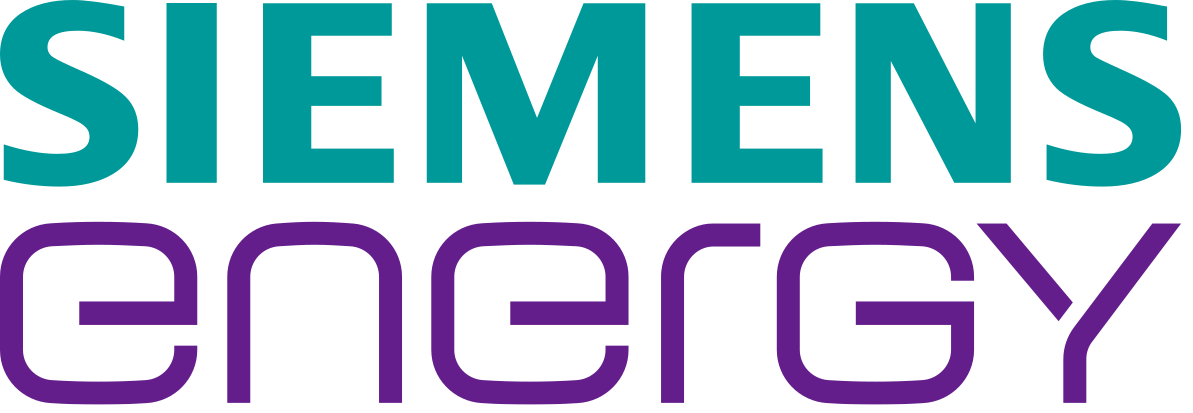
AGH – University of Science and Technology Krákow
Poland
ACMiN AGH is a new research institute founded within the premises of university. Its research activities focus on various aspects of nanotechnology, physics and chemistry and materials sciences: from quantum mechanical modelling till industrial applications.
Role in the project: Development of CO2 reduction catalyst

AXIOM – Axiom angewandte Prozesstechnik
Austria
Axiom angewandte Prozesstechnik GmbH has over 25 years of experience in separation technologies. Axiom focuses on membrane technology applications and provides custom-tailored solutions for gas and water treatment. Axiom attaches great importance to high sustainability of its separation processes.
Role in the project: CO2 feedstock preparation, CO2 recovery from biogas, ethylene enrichment, ethylene separation using membrane technology

BME – Budapest University of Technology and Economics
Hungary
The Department of Atomic Physics at the BME is one of the leading laboratories in Hungary in surface and thin film research. It is equipped for laterally resolved and in-depth chemical analysis of surfaces, coatings and thin films by XPS, AES and SIMS methods.
Role in the project: Electrolysis parameters, stable operating conditions, catalyst stability, influence of contaminants, surface analyses

EIJKU – Energy Institute at the Johannes Kepler University Linz
Austria
The Energy Institute is conducting impact-related studies to systematically evaluate the effects of a roll out of the specific electrocatalytic factory for the production of renewable bulk chemicals developed in the project CO2EXCIDE.
Role in the project: Life cycle assessment, techno-economic process and product assessment

EPC gGmbH – EPC project corporation for Climate. Sustainability. Communications.
Germany
EPC offers project management and target group specific PR, including the development of communication strategies and their practical application in renewables, climate and sustainability projects.
Role in the project: Communication and dissemination, coordination support

IGB – Fraunhofer Institute for Interfacial Engineering and Biotechnology
Germany
Fraunhofer IGB’s Straubing branch, Bio-, Electro- and Chemocatalysis – BioCat focuses on the development of chemical, biotechnological and electrochemical catalysts, process development and the conversion of renewable resources and CO2 into value added products with these catalysts.
Role in the project: Coordination,electrocatalytic oxidation reaction, ethylene oxidation, chemical conversion

ISSP – Institute of Solid State Physics of the University of Latvia
Latvia
ISSP UL is one of the leading research institutions in Latvia within the fields of material sciences, nanotechnology and photonics, providing internationally competitive experimental and theoretical research, plays an important role in education and offers innovative solutions for industrial applications.
Role in the project: Cathode, catalyst modified multi-layer graphene stacks, theoretical calculations, electrolysis half-cell with gas monitoring, Polymer SPEEK / ionic liquid composite

SG – Schaeffler Technologies
Germany
The Schaeffler Group is a global automotive and industrial supplier. Top quality, outstanding technology, and exceptionally innovative spirit form the basis for the continued success of the company. With more than 90,000 employees, Schaeffler is one of the world’s largest family companies.
Role in the project: Nanostructured coatings for catalyst, coating process development

Siemens Energy
Germany
Siemens Energy is one of the world’s leading energy technology companies. The company works with its customers and partners on energy systems for the future, thus supporting the transition to a more sustainable world.
With its portfolio of products, solutions and services, Siemens Energy covers almost the entire energy value chain – from power generation and transmission to storage.
The portfolio includes conventional and renewable energy technology, such as gas and steam turbines, hybrid power plants operated with hydrogen, and power generators and transformers.
More than 50 percent of the portfolio has already been decarbonized. A majority stake in the listed company Siemens Gamesa Renewable Energy (SGRE) makes Siemens Energy a global market leader for renewable energies.
An estimated one-sixth of the electricity generated worldwide is based on technologies from Siemens Energy. Siemens Energy employs more than 90,000 people worldwide in more than 90 countries.
Role in the project: Electrochemical cell design, system integration, scale-up, testing and validation

SOTON – University of Southampton, department Engineering and the Environment
Great Britain
Having been ranked 8th in the UK for research, the University of Southampton conducts high quality education and research with successful track record of industrial collaborations and generation of patentable work. The Faculty of Engineering and the Environment has 33 projects H2020.
Role in the project: 3D printed electrodes; anodic hydrogen peroxide; carbon dioxide reduction; flow cell, gas diffusion electrodes
